
Why doesn't your car charge faster than the charging speed of your charging station?
The charging speed depends on this
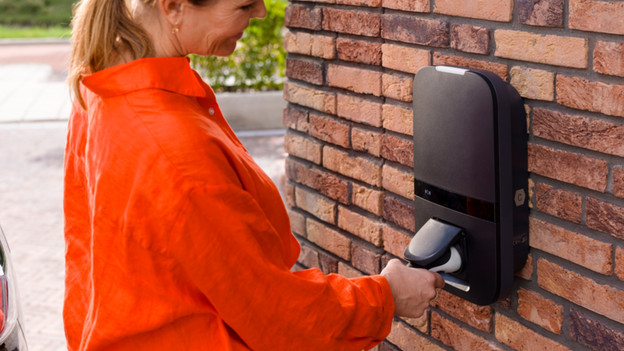
A charging station has a certain charging speed. Yet, other properties have more influence on the charging speed of your car. In this article, we'll talk about the following:
- The charging speed of your car
- Home or fast charging
- The power of your fuse box
- The type of charging cable
Charging speed of your car

The charging speed of your car is an important part of the charging time. Every car has a kind of built-in charger. This charger has a charging speed that indicates how fast your car charges. We express this charging speed in kilowatts (kW). Does your car have a charging speed of 11kW for example? With a 22kW charging station, you can charge with 11kW. Don't you know what the maximum charging capacity of your car is? Find your car via the website www.ev-database.nl.
Home or fast charging
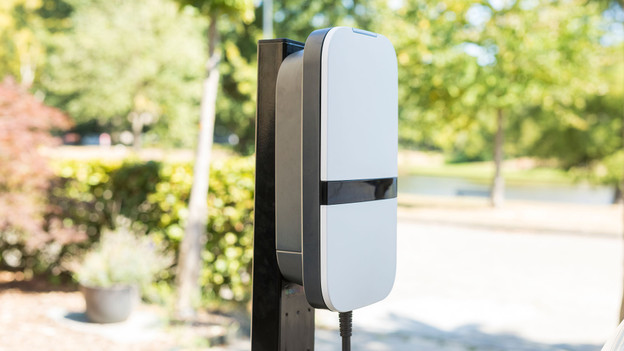
The charging time is different when you charge the car on your own charging station at home or at a fast charger at the highway. That's because your charging station at home converts alternating current (AC power) that you use in your home to direct current (DC power) for your car. A fast charger near the highway uses direct current right away. This way, the power doesn't need to be converted and your car charges faster. An electric car has different charging capacities for AC and DC power. A Tesla Model 3 from 2023 has a maximum charging capacity of 11kW for AC power and 170kW for DC power.
Power of your fuse box
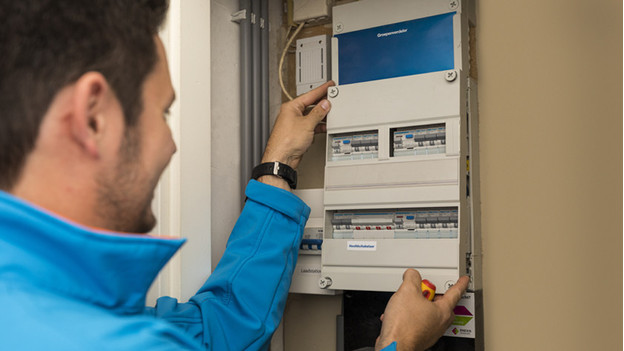
How much power your fuse box has also determines how fast you can charge your car. You can easily calculate the total power of your fuse box yourself. An example: you have a 1-phase fuse box with a 25A connector. You have a wattage of 1 x 25 x 230V = 5750. The standard voltage you get from a socket is 230V. If you divide this number by 1000kW, your fuse box has a power of 5.8kW rounded up. A 22kW charging station charges a bit slower, because your fuse box only supplies maximum 5.8kW. If you want more power, upgrade the fuse box.
Type of charging cable
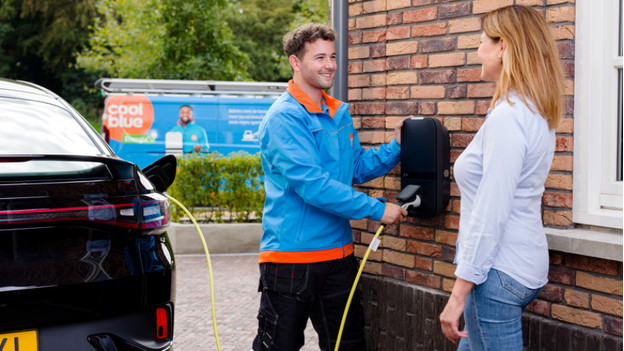
A charging cable also has a charging capacity which is around 11 or 22kW. Do you have a charging station and car that can charge with 22kW, but do you use an 11kW charging cable? Your car won't charge faster than 11kW. For fast chargers, you need a different charging cable. This way, you can get a higher charging capacity.
Calculate charging time
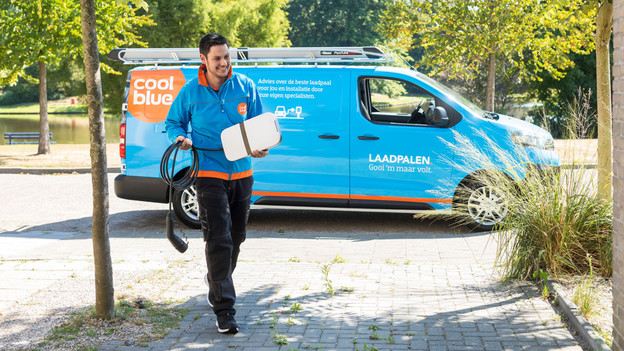
You can easily calculate the charging time of your car. We'll use a Tesla Model 3 from 2023 in this example. This car has a 60kW battery capacity and an 11kW charging capacity. Your fuse box has an 11kW charging capacity. If you divide the battery capacity by the charging capacity of your fuse box, you'll see that your car is fully charging in 5 hours and 30 minutes.
Charging times for Tesla model 3*
| Maximum capacity | Calculation charging time | Charging time | |
|---|---|---|---|
| Socket | 2.3kW | 60kW : 2.3kW | 26 hours and 9 minutes |
| 1-phase connector (16A) | 3.7kW | 60kW : 3.7kW | 16 hours and 22 minutes |
| 1-phase connector (35A) | 7.4kW | 60kW : 7.4kW | 8 hours and 11 minutes |
| 3-phase connector (16A) | 11kW | 60kW : 11kW | 5 hours and 30 minutes |
| 3-phase connector (35A) | 22kW | 60kW : 22kW | 2 hours and 45 minutes |
| Fast charging | 250kW | 60kW : 250kW | 24 minutes |
*
These aren't the connectors from your network operator, but how we connect your charging station in the fuse box.
Charging time is an estimate
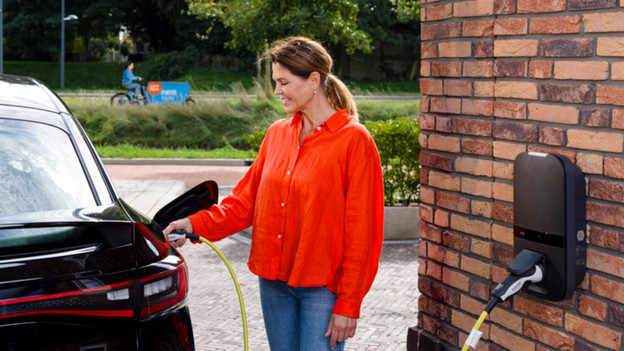
In the table above, we assume that your car is completely empty and you fully charge it again. In practice, charging your car takes longer. This is because of the following things:
- The first 80% of your battery charges faster than the last 20%.
- Your car doesn't always charge at the same speed. With load balancing, the charging capacity goes down when you turn on the washing machine or dishwasher, for example.
- When it's cold outside, your car also charges less quickly.

